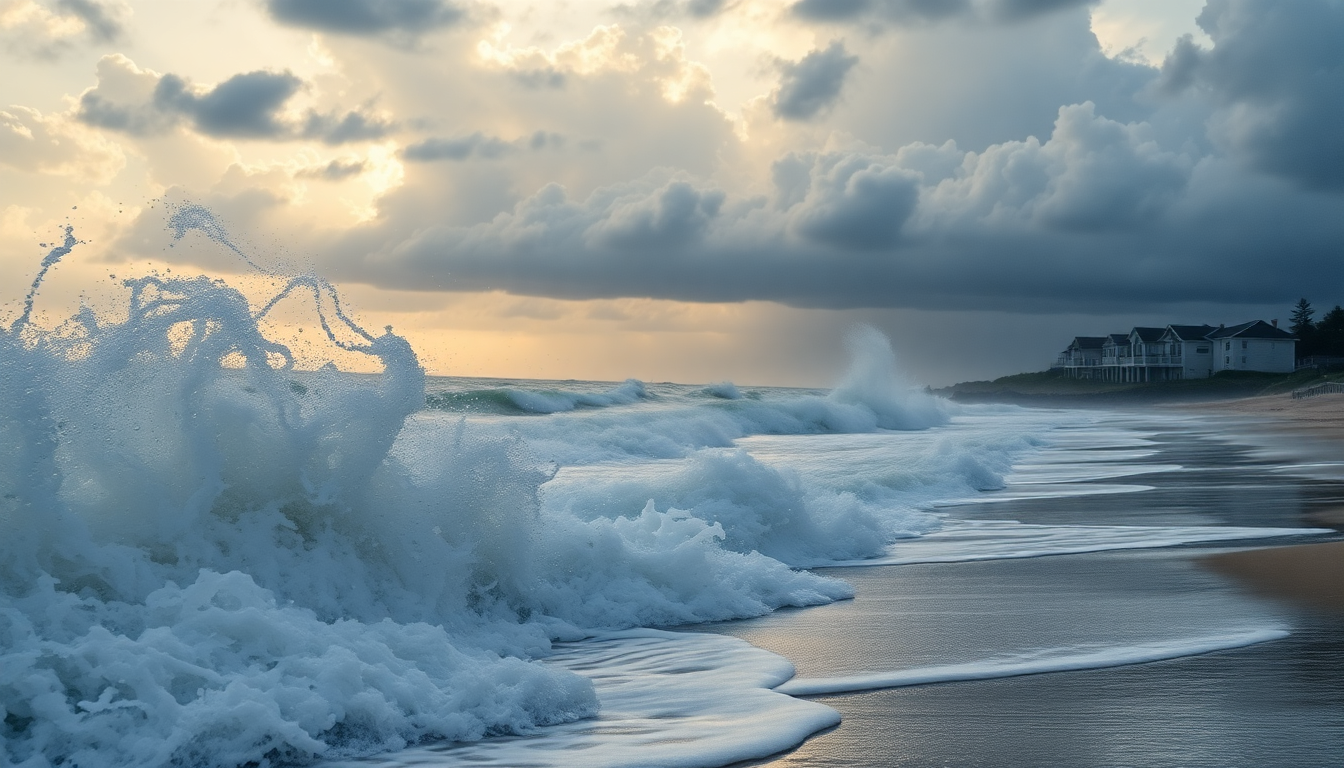Table of Contents
As we dive into this hurricane season, it’s crucial to grasp the complexities of storm systems that impact coastal areas and our environment. Take Hurricane Erin, for instance. It quickly surged to a Category 5 storm before tapering off, showcasing just how unpredictable these weather events can be. In this article, we’ll break down how hurricanes are classified, how they form, and the implications of their rapid intensification—especially in light of climate change.
Understanding How Hurricanes Form
When we talk about hurricanes, cyclones, and typhoons, we’re referring to tropical systems that pack a punch with strong winds and heavy rainfall. The main difference? Their geographical origins. Hurricanes brew in the Atlantic Ocean and Northeast Pacific, while cyclones form in the South Pacific and Indian Ocean, and typhoons take shape in the northwestern Pacific. Each type has its own seasonal rhythm, with hurricanes typically making their debut between June and November, while cyclones are most active from November to April.
So, how do these storms begin? It all starts as a tropical disturbance over warm ocean waters. The heat drives the air upward, creating low-pressure areas. As that warm air rises, it gets replaced by cooler air, setting off a cycle that generates powerful winds and rain. Once a tropical storm forms, if wind speeds hit 63 km/h (39 mph), we classify it as a tropical storm. But when those speeds climb above 119 km/h (74 mph), voilà! It becomes a hurricane, cyclone, or typhoon, depending on where it’s located.
Now, let’s talk about the eye of the storm. This calm center emerges when the storm’s winds reach significant speeds, providing a surreal moment of tranquility amid the chaos. The rapid intensification of storms, like we saw with Hurricane Erin, complicates forecasting and emergency preparedness, as agencies strive to keep up with these swiftly changing weather patterns.
Classification and Their Impacts
Hurricanes are rated on a scale from 1 to 5, based on their sustained wind speeds. A Category 1 hurricane has winds between 119-153 km/h (74-95 mph), while a Category 5 storm can exceed 252 km/h (157 mph). This classification system is vital for assessing potential damage and gearing up for emergencies. Recently, we’ve seen a troubling trend of hurricanes intensifying quickly, raising alarms about climate change. Warmer ocean temperatures and increased moisture in the atmosphere seem to be fueling these storms.
With more storms hitting Category 5 status in a flash, the call for effective forecasting and disaster planning has never been more urgent. The World Meteorological Organization keeps a handy list of names for tropical cyclones, ensuring that each name is easy to pronounce and works well across various languages—crucial for clear communication during severe weather events.
As scientists dig deeper into the connection between climate change and intensifying storms, it’s becoming clear that our preparedness and adaptation strategies must evolve. Communities in hurricane-prone regions should prioritize resilience planning and invest in infrastructure that can weather these more powerful storms.
The Future of Hurricane Forecasting and Preparedness
Looking ahead, it’s essential to boost our understanding of hurricane behavior and the factors that drive their intensification. Investing in cutting-edge modeling and forecasting technologies will be key to enhancing our ability to predict storm paths and strength. Plus, collaboration among meteorologists, emergency management agencies, and local governments can lead to more effective communication and preparedness efforts.
In conclusion, the rising frequency and intensity of hurricanes highlight the urgent need for comprehensive strategies to tackle the challenges posed by these natural disasters. By grasping the dynamics of hurricane formation, classification, and the influence of climate change, we can better equip ourselves for the future and minimize the risks tied to these powerful storm systems.


